Raised Bed Gardening
Raised bed gardening involves growing plants in soil elevated above the ground, often contained within an enclosure or frame made of wood, stone, or other materials.
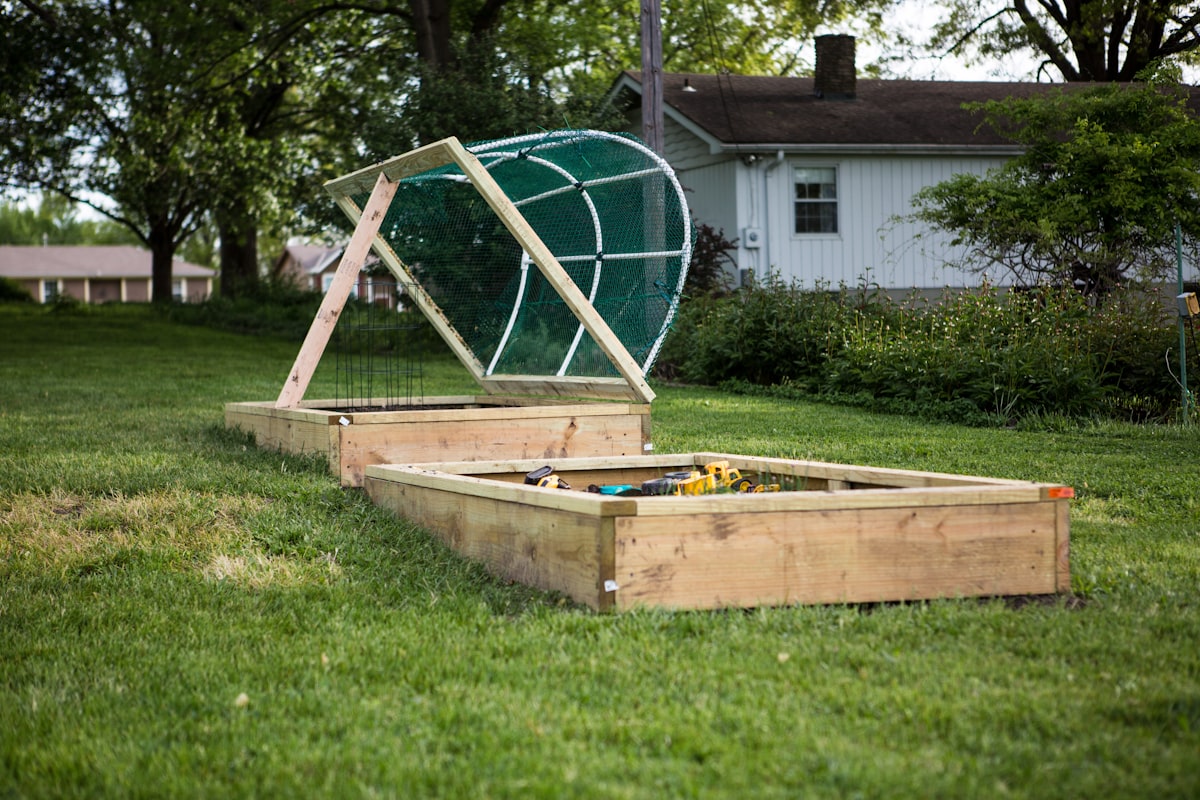
Table of Contents
- Raised Bed Gardening
- Benefits of Raised Bed
- Raised Garden Bed Materials
- Designing Raised Bed Garden
- Preparing the Site
- Building Raised Bed Garden
- Choosing the Right Soil
- Implementing Proper Drainage
- Planting in Raised Bed
- Soil Nourishment and Composting
- Maintaining Raised Bed Garden
- Harvesting and Growing Season
- FAQs
This method provides numerous benefits, such as better soil amendment, improved drainage, and a longer growing season.
You can enjoy bigger harvests with intensive planting and vertical supports using raised beds in your garden.
The elevated structure makes maintaining and caring for your plants easier throughout the season.
As you embrace raised bed gardening, you'll discover the advantages it brings to your gardening experience.
Understanding Raised Bed Gardening
Raised bed gardening is an efficient method for cultivating plants in soil raised above the ground level.
This technique improves soil quality, efficiently controls soil temperature, and provides better plant drainage.
When creating raised garden beds, materials such as wood or stone are used to build the bed's walls, filling the soil within this structure.
By using raised beds, you can achieve bigger harvests due to intensive planting and vertical supports and benefit from a longer growing season as raised beds warm and drain faster in spring.
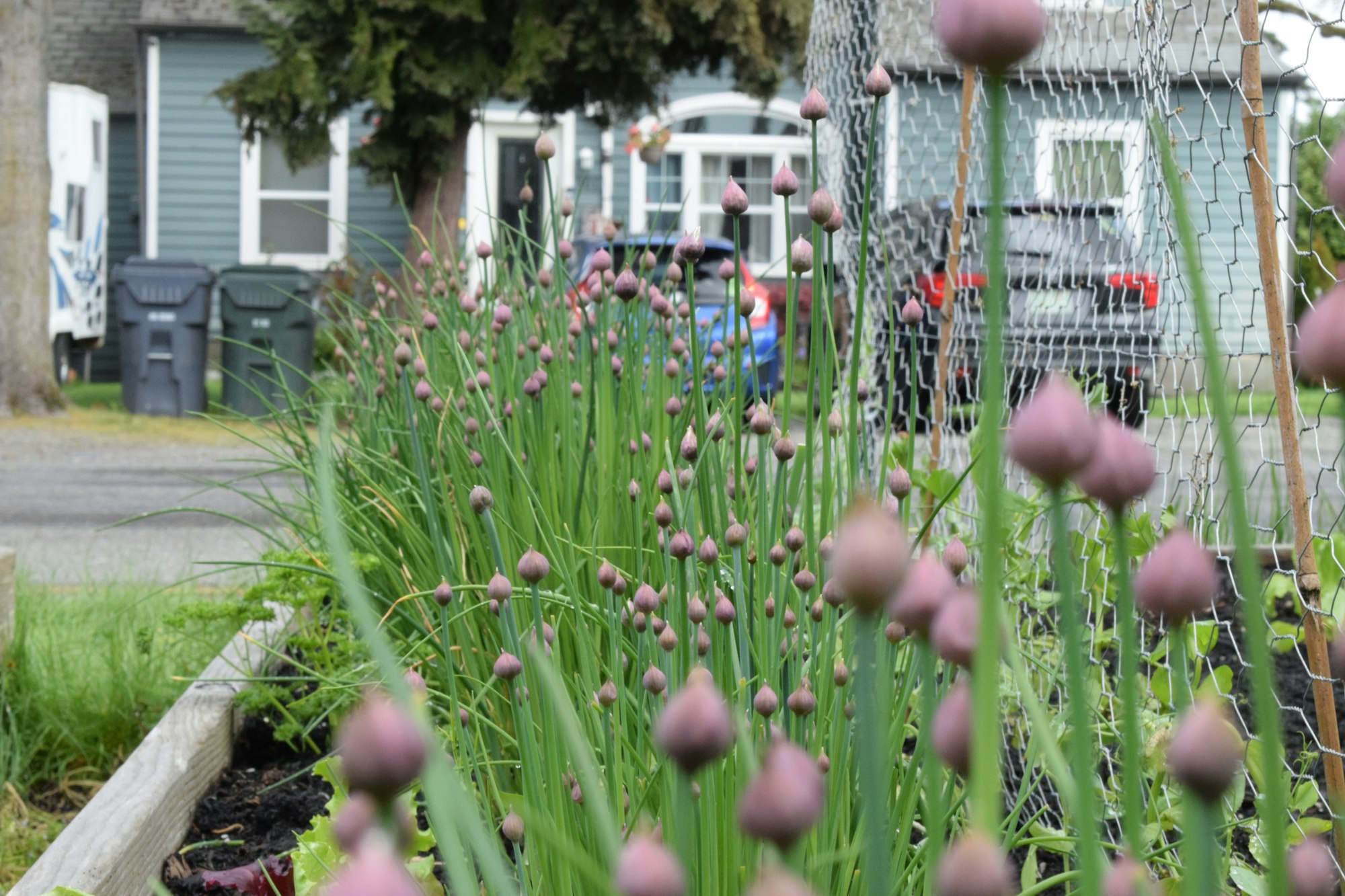
Benefits of Raised Bed Gardens
Raised bed gardens provide numerous advantages for growing plants, offering improved soil conditions and better accessibility than traditional gardens.
They minimize soil compaction, promote healthy root growth, and allow better water drainage, especially in regions with heavy clay soil.
Using raised garden beds allows you to experience an earlier and longer growing season, as the soil tends to warm up faster and stay warm longer.
They also contribute to fewer weeds, making your gardening tasks more manageable.
Moreover, raised beds enable you to customize your garden with aesthetically appealing pathways and borders, adding a charm that can increase the value and enjoyment of your outdoor space.
Selecting Suitable Materials
Wood Material Types
When considering wood for raised garden bed materials, consider naturally rot-resistant options, such as cedar and cypress.
These types of wood provide durability and an appealing aesthetic for your garden.
Avoid using treated lumber or pallet wood, as these materials may contain harmful chemicals that could leach into your soil.
Other Material Options
For an alternative to wood, consider using recycled plastic, composite wood, or galvanized steel.
These materials offer weather resistance, durability, and low maintenance.
On the other hand, some may prefer more natural-looking options such as concrete blocks, cinder blocks, bricks, or stones.
However, it's essential to ensure these materials are sourced responsibly and do not contain any harmful substances to guarantee the health of your plants and soil.
Remember to weigh the pros and cons of each material type based on your garden's specific needs and region's conditions.
Your ideal choice will depend on the weather, budget, and gardening goals.
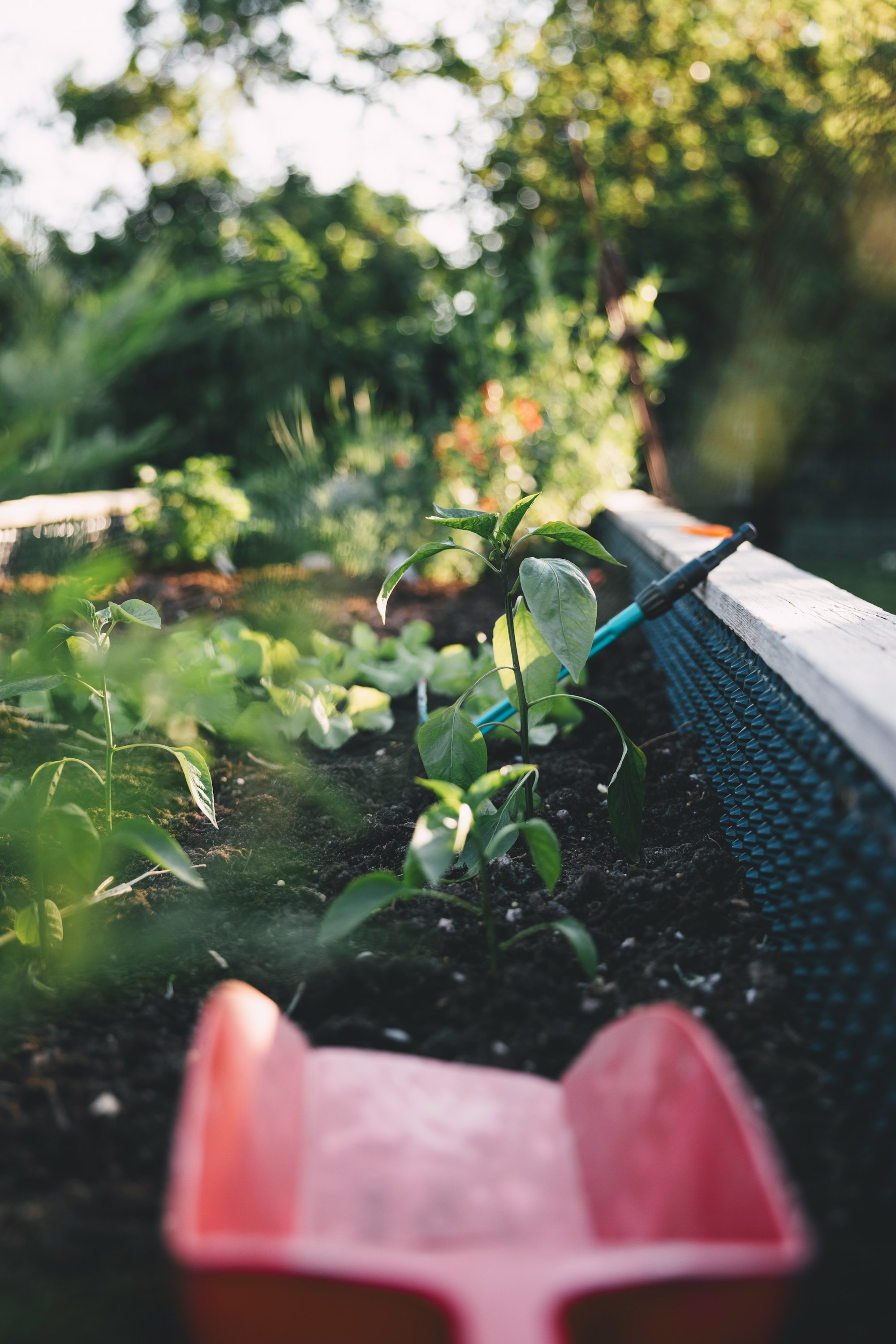
Designing Your Raised Garden
Choosing the Size
To determine the size of your raised garden bed, consider the available garden space and the types of plants you want to grow.
A 2x2 raised bed typically works for flowers and herbs, but you might need larger dimensions for vegetables and fruit-bearing plants.
Determining the Shape
The shape of your raised garden bed can be simple or more intricate, depending on your preference and the layout of your garden.
Square or rectangular beds are common choices for a straightforward design, whereas curved or circular beds can add a creative touch to your garden.
Deciding the Location
Choosing the right location is crucial for the success of your raised bed.
Evaluate the light conditions in your garden – ideally, your raised bed should receive at least 6-8 hours of sunlight a day.
Be mindful of shaded areas and plan your garden layout to ensure your plants receive adequate sun exposure.
Preparing the Site
To start your raised bed gardening project, you'll need to select a level site with ample sunlight.
Clear the area of any weeds, rocks, or debris to ensure a clean foundation for your raised bed.
Next, use a shovel and rake to break up the soil within the boundaries of your future raised bed.
This will promote proper water drainage and make it easier for your plant's roots to penetrate the ground.
After loosening the soil, you can continue building and filling your raised bed garden.
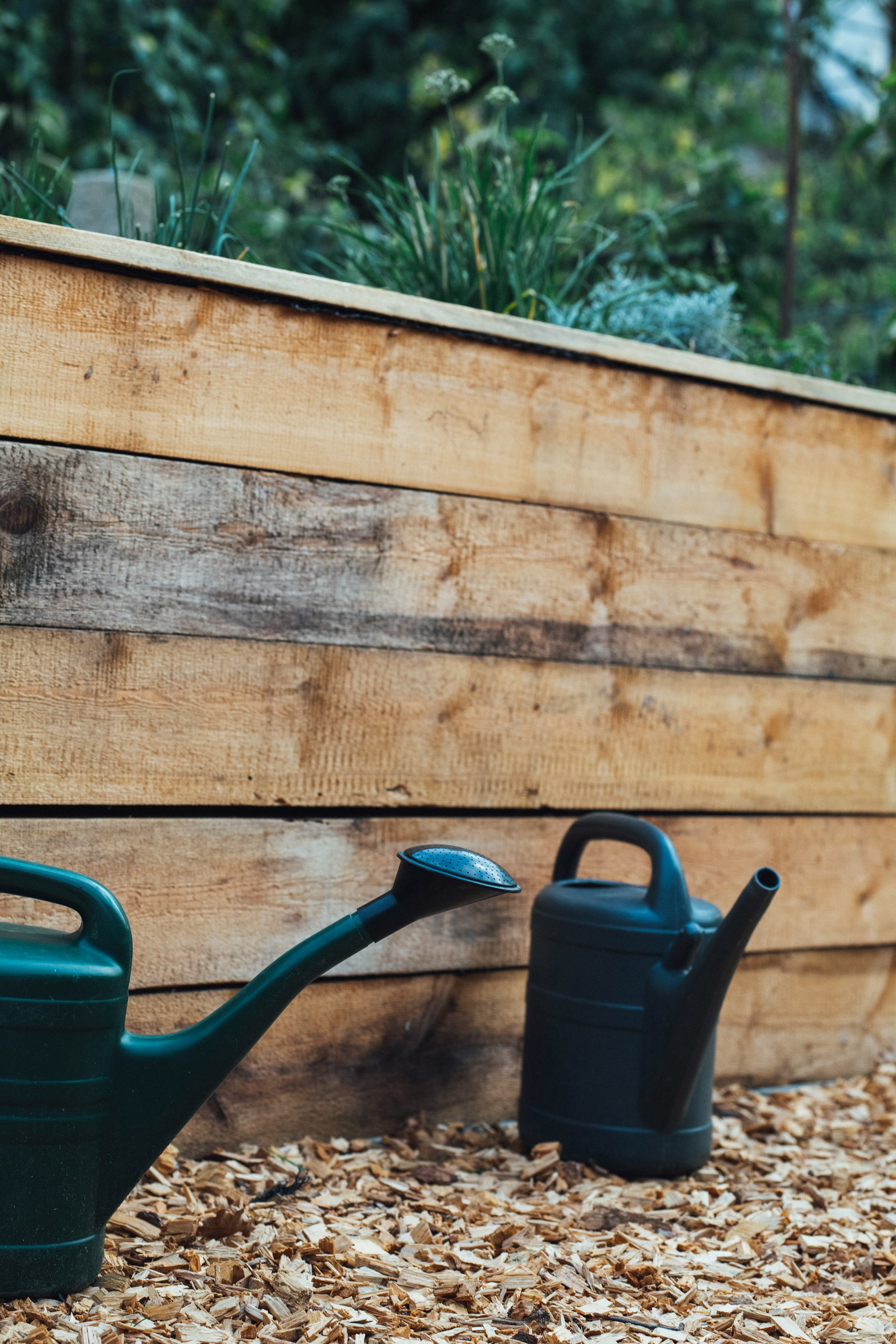
Building the Raised Garden Bed
Assembling the Walls
To start building your raised garden bed, gather your materials and measure the desired dimensions for your garden bed walls.
Cut your wood accordingly and create the frame by positioning the sidewalls upright and opposite.
Securing the Structure
Use a drill to secure the walls with screws as the next step.
Attach the side rails to the posts to form the other walls, making sure the ends of the rails align evenly with the sides of the posts.
Once you've completed this, your raised garden bed structure will be planted.
Choosing the Right Soil
When selecting soil for your raised bed garden, it's essential to consider factors such as the plants you intend to grow, the pH level, and soil composition.
Different plants require different soil types, so matching the soil to your plants' needs is essential for a successful garden.
Aim for a mix of quality topsoil, organic matter, and other amendments suited for raised beds to achieve a fertile and well-draining environment for your plants.
Add coarse sand or compost for clay soils to improve drainage and aeration.

A soil calculator can help you determine the necessary quantities of these components to achieve ideal soil quality.
Be mindful of your soil temperature, especially during colder months, to ensure the optimal growth of your plants.
Creating a good soil mix for your raised beds usually involves combining equal parts topsoil, organic matter (such as compost or aged manure), and an additional amendment (like peat moss or coir) to improve drainage and aeration.
The ideal soil depth for a raised bed is at least 12 inches to provide proper root growth and nutrient availability.
Remember that the soil quality may need adjusting over time, so regular monitoring and amending are crucial to maintaining a thriving raised bed garden.
Implementing Proper Drainage
Raised bed gardens are an excellent choice for improving drainage in your garden, especially in a wet area near a water source.
Elevating the soil can provide better air circulation and prevent excess water damage to your plants.
To achieve proper drainage, select the optimal location for your raised bed.
Choose a site that is slightly sloping or elevated from any water sources, and ensure that the bed is level to prevent irregular water runoff.
Add soil amendments like compost, perlite, or vermiculite to improve soil structure and drainage.
These amendments aid in loosening the soil, making it easier for water to pass through.
Consider designing your raised bed with drainage channels or systems to direct excess water away from your plants.
You can also utilize rocks or mulches at the bottom of the bed to further enhance drainage.

If constructing your raised bed from scratch, selecting materials like blocks, bricks, or wood will also help you create a more effective drainage system.
Implement these strategies, and your raised bed garden will flourish with proper drainage to support healthy plant growth.
Planting in Raised Beds
Selecting Suitable Plants
Choosing plants that will thrive in this environment is essential when planning your raised bed garden.
Vegetables, herbs, and some perennials are well-suited for raised beds.
Tomatoes, beans, cucumbers, leafy greens, root crops, squash, peas, shrubs, and lavender are great options for raised gardens.

Effectively Sowing Seeds
When sowing seeds in your raised bed, space them properly to ensure optimal growth.
Vegetables like tomatoes, peas, beans, and cucumbers provide ample space between plants for proper air circulation and root development.
For leafy greens and root crops, sow seeds closer together to maximize space and harvest a higher yield.
Soil Nourishment and Composting
When starting your raised bed garden, select a soil and compost mix with a 70% soil to 30% compost ratio to provide adequate nutrients for your plants.
Use compost made of good-quality organic material, such as grass clippings, leaves, and manure. Be sure to source your compost and soil from reputable providers.
To maintain soil health and fertility, add mulch like straw, newspaper, or cardboard on top of the soil to reduce water evaporation and prevent weeds from growing.
Periodically replenish your compost and mix in organic amendments like peat moss to improve soil structure and water retention.
This will ensure a thriving raised bed garden with healthy, productive plants.

Maintaining Your Raised Garden
Handling Weeds
In your raised garden bed, it is crucial to check for weeds and remove them as needed regularly.
Utilizing mulch or landscape fabric to suppress weed growth ensures a healthier garden.
Watering Methods
Since raised beds tend to drain more quickly than in-ground soil, monitoring the moisture level is essential by sticking your finger in the soil.
When the top inch is dry, water your plants thoroughly using a watering can or hose with a "shower" setting, or consider setting up a drip irrigation system for efficient and targeted watering.
Feeding Methods
To meet the specific growing needs of your plants, amend your raised bed's soil as needed.
Incorporate organic matter such as compost, aged manure, or leaf mold to boost soil fertility and support robust plant growth.
Regular feeding through a carefully chosen organic or chemical fertilizer can also enhance your garden's productivity and overall health.
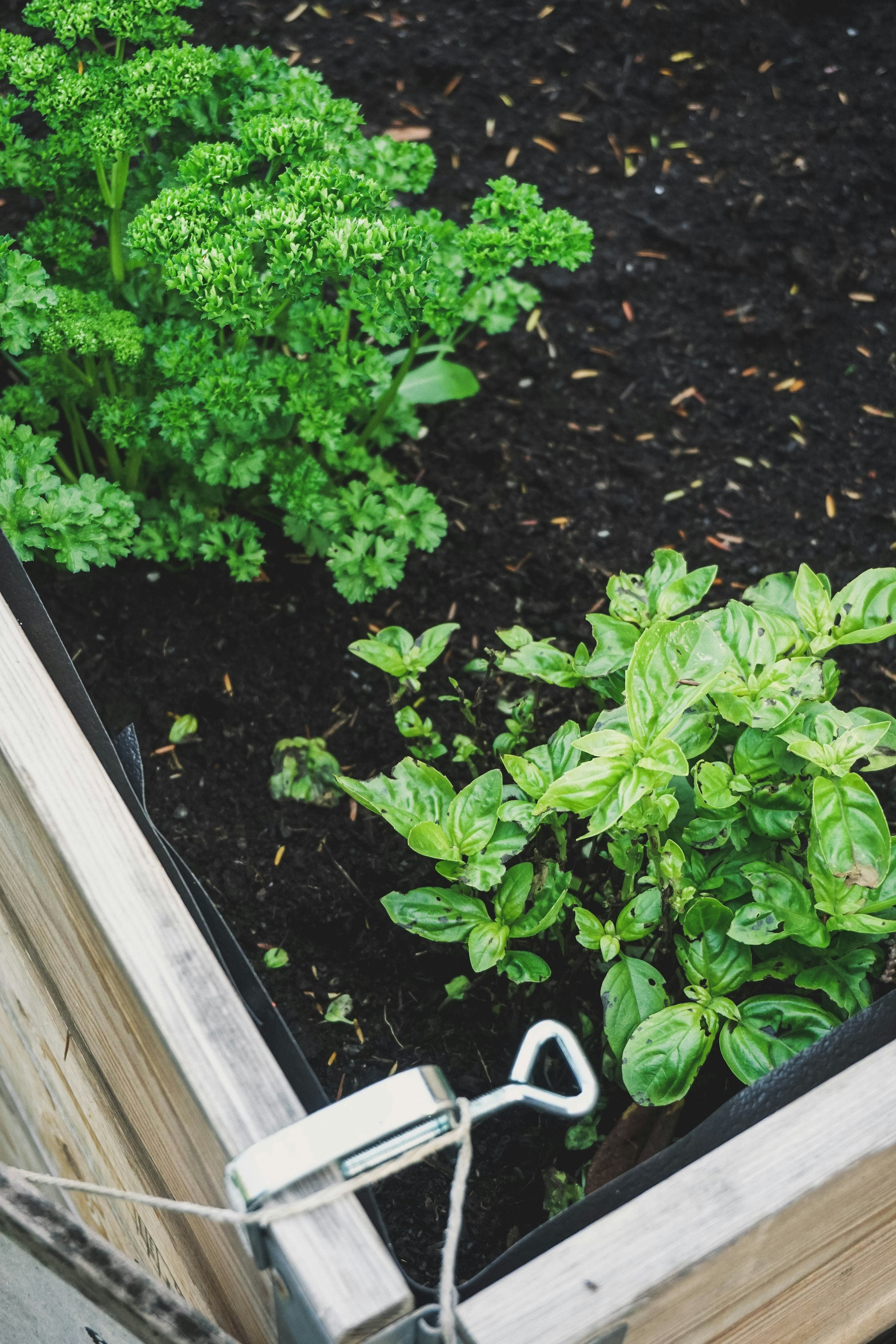
Harvesting and Growing Season
Raised bed gardening offers several benefits that can help extend your growing season.
With soil that warms and drains faster in the spring, you'll gain a few extra weeks of growing time compared to in-ground beds.
This allows you to start your growing season earlier and produce late-season crops more effectively.
During the harvesting phase, it's essential to use efficient strategies to maximize your crop yield.
Remember that using raised beds for gardening can lead to better yield season after season, so implement proper care and maintenance.
As a result, you'll enjoy more extensive and diverse harvests while having access to fresh, homegrown food for longer.
Frequently Asked Questions
What are the benefits of using raised beds for gardening?
There are numerous benefits to using raised beds for your gardening.
They help improve soil drainage and aeration, making growing your plants' roots easier.
Raised beds can also reduce the risk of soil compaction, provide better pest control, and minimize the strain on your back by lessening the need to bend or stoop.
How to choose the right soil for a raised bed garden?
The right soil for your raised bed garden depends on the plants you plan to grow. In general, a high-quality, well-draining soil mix is recommended.
Most gardeners use a mix of equal parts peat moss, compost, vermiculite, or perlite. This mix provides a good balance of moisture retention, nutrients, and drainage.
What are some effective layout designs for a raised bed garden?
A popular layout design for raised bed gardens is the square-foot gardening method, which divides the bed into equal squares.
This allows you to maximize space and grow various plants more efficiently. Additionally, narrow beds (about 3 to 4 feet wide) offer a good working width and easy access for planting, maintenance, and harvesting.
Which plants grow well in raised garden beds?
Raised garden beds are conducive to growing a wide variety of plants. Many vegetables, such as tomatoes, lettuce, cucumbers, and peppers, thrive in raised beds.
Herbs and flowers can also be successfully grown in these beds to create a diverse and beautiful garden.
What are some popular materials used to construct raised garden beds?
Raised garden beds can be constructed using various materials, including wood, stone, cinder blocks, and galvanized metal. Untreated cedar, redwood, or other rot-resistant woods are recommended for longevity.
Remember that treated wood may leach chemicals into your soil, so choose materials wisely to ensure a safe and healthy growing environment.



